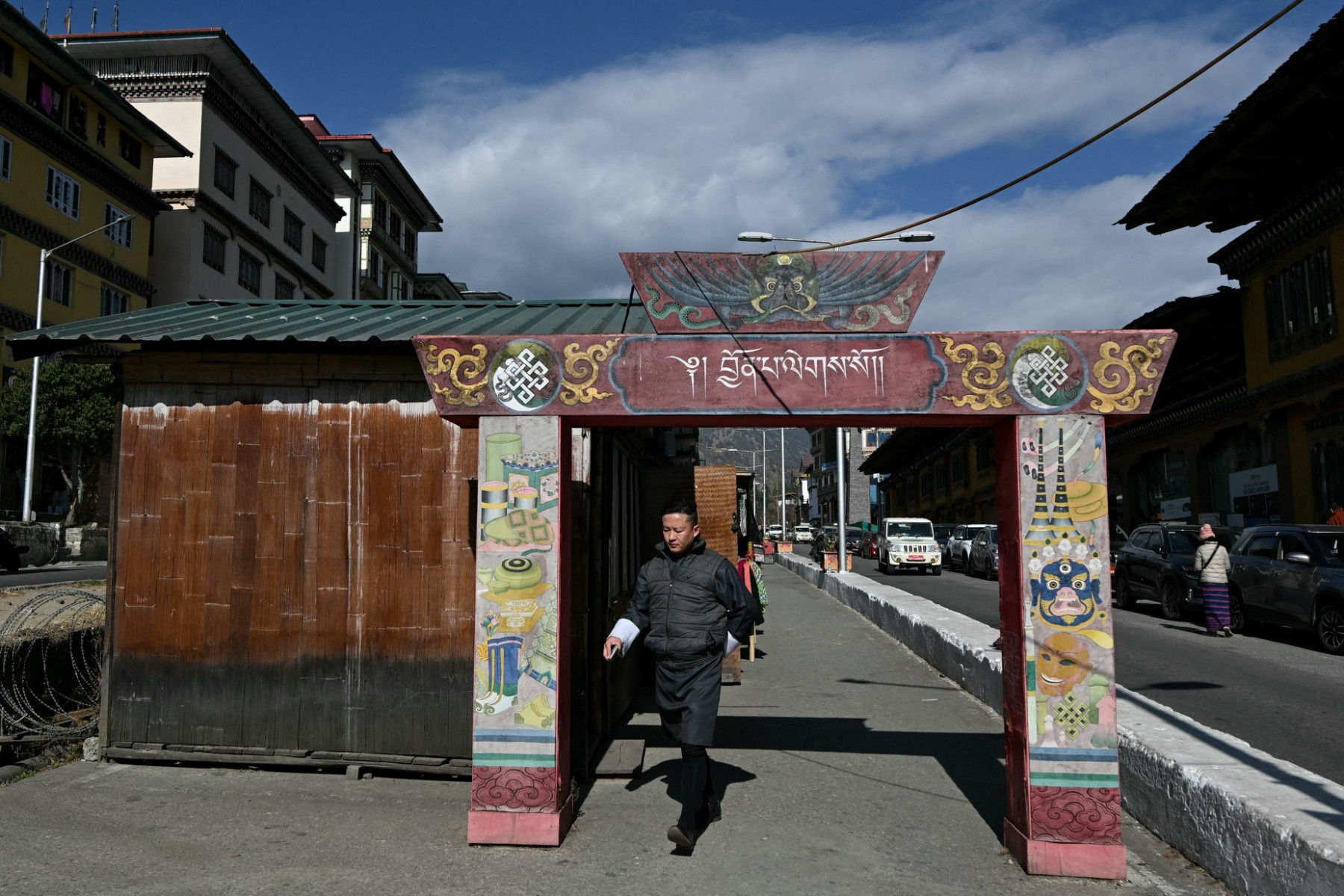October 13, 2025
THIMPHU – Anxiety, depression, and substance-related conditions account for more than half of all reported mental health cases in the country, according to the National Mental Health Strategy (1.0) 2025.
Anxiety and depression…

October 13, 2025
THIMPHU – Anxiety, depression, and substance-related conditions account for more than half of all reported mental health cases in the country, according to the National Mental Health Strategy (1.0) 2025.
Anxiety and depression…